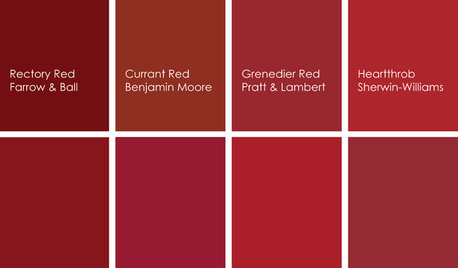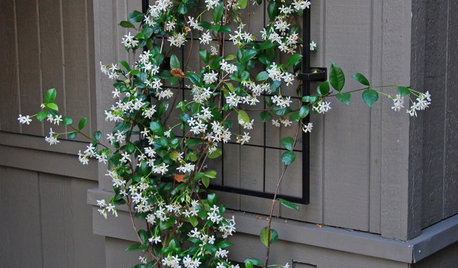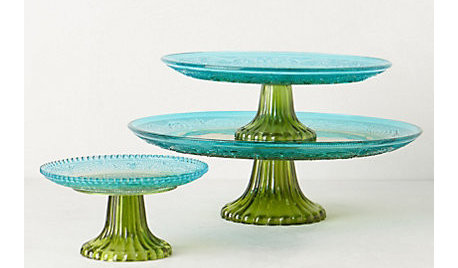Delicious picture
shankins123
10 years ago
Related Stories

GARDENING GUIDES8 Plants for a Deliciously Fragrant Fall Garden
Scent the autumn air with the perfume of caramel corn, honey and spices by adding these intoxicating plants to your landscape
Full Story
COLORColor Feast: 6 Deliciously Uncommon Dining Room Color Combos
Give your mealtime space a generous helping of hues paired in a most refreshing way
Full Story
GARDENING AND LANDSCAPINGCrazy for Fruit Trees
Whether a single citrus or a mini apple orchard, even the smallest landscape space can bear deliriously delicious fruit
Full Story
KITCHEN DESIGNCooking With Color: When to Use Red in the Kitchen
Candy Apple Red, Red Licorice and more for your kitchen walls, cabinets or island? The color choices are as delicious as they sound
Full Story
ORANGETreat Your Rooms to Pumpkin Pie Orange
Stir some pumpkin colors into your interiors for design deliciousness that lasts well beyond Thanksgiving
Full Story
YELLOWHot Summer Color Combo: Lemon and Raspberry Sorbet
Dripping with good taste and a lively attitude, rooms swathed in sorbet yellow and raspberry are delicious looking in summer
Full Story
GARDENING GUIDESSpring Citrus Care Reaps Months of Sweet Rewards
Learn how to tend citrus trees in spring and ways to preserve their delicious fruit
Full Story
FEEL-GOOD HOMESimple Pleasures: Scent and Memory
Fragrant jasmine, fresh-brewed coffee, baking bread. Scents can evoke memories and bring sensory pleasure to our homes
Full Story
12 Eye-Candy Appliances That Enchant With Color
Move over, stainless. These rainbow-colored confections are bringing a delicious, unexpected note to kitchens and laundry rooms
Full Story
PRODUCT PICKSGuest Picks: Cake Stands Worth Drooling Over
Dessert won’t be the only delicious-looking sight on the table when you set out one of these footed cake plates
Full Story







Erod1
shankins123Original Author
Related Professionals
Holly Springs Landscape Architects & Landscape Designers · Carson Landscape Architects & Landscape Designers · Clemson Landscape Architects & Landscape Designers · North New Hyde Park Landscape Architects & Landscape Designers · Arlington Landscape Contractors · Alpharetta Landscape Contractors · Elkridge Landscape Contractors · Fort Payne Landscape Contractors · Monterey Landscape Contractors · Pleasant Prairie Landscape Contractors · Santa Ana Landscape Contractors · Secaucus Landscape Contractors · Wayland Landscape Contractors · San Pablo Landscape Contractors · Blue Springs Decks, Patios & Outdoor Enclosuresslowpoke_gardener
Okiedawn OK Zone 7
shankins123Original Author
elkwc
shankins123Original Author